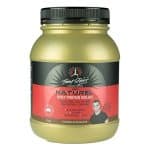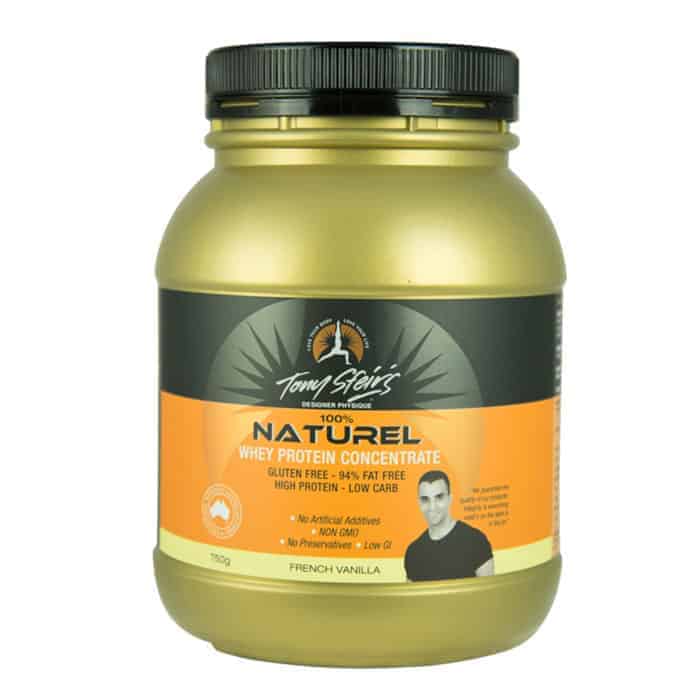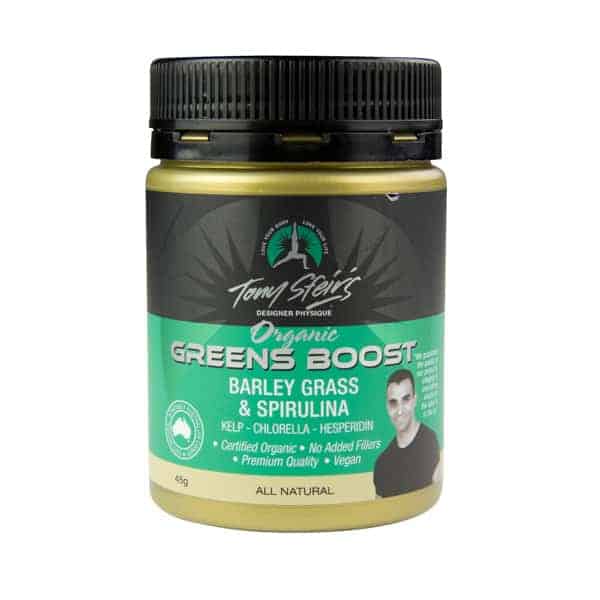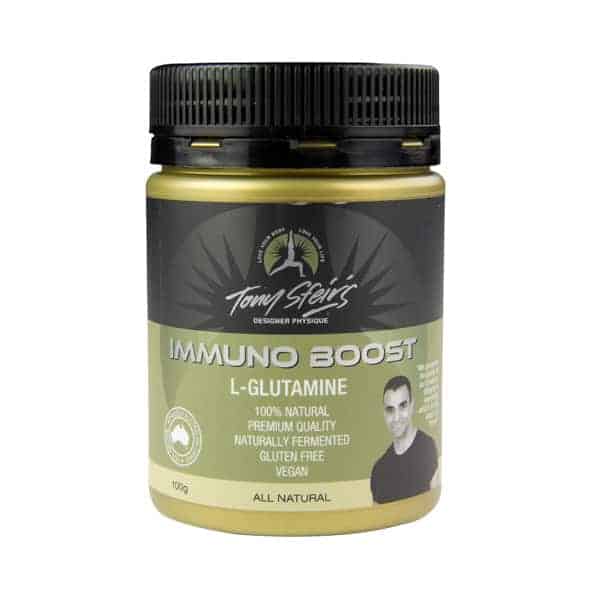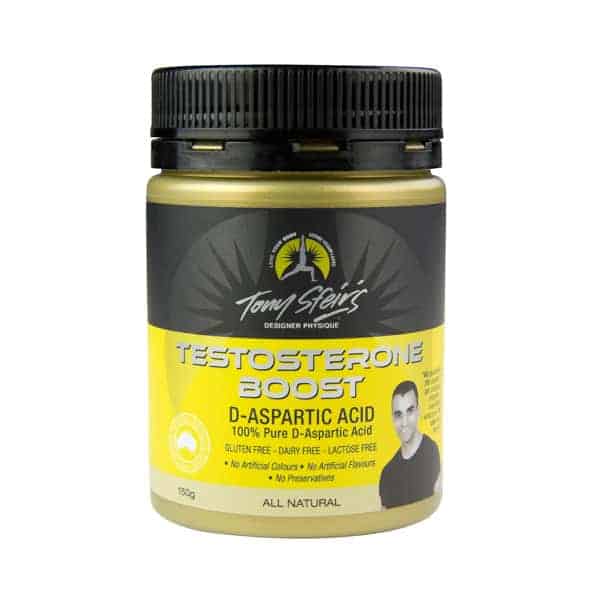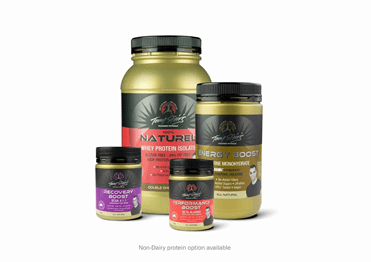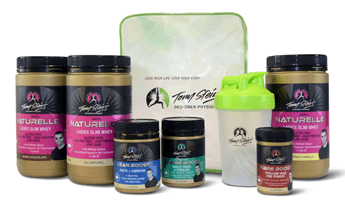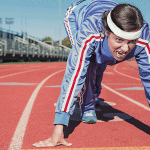Something that comes across any fitness enthusiast’s radar at one (or many) points in their life is an aspiring goal to get lean and toned.
Although exercise and movement help us to get lean, getting a toned body actually revolves around a large portion of some basic foundational dietary habits.
So if you’re looking for ways on how to tone up fast, here are 3 simple things you should be considering to fast track your toned body goals.
Optimal blood sugar control
Of course, the first point we’re going to discuss is sugar, or more specifically, glucose.
Every food we consume that contains sugar, whether it be honey, a slice of bread, or a big serving of juice, ends up as glucose in our body.
Sugar is not entirely bad, but if we’re overconsuming too much sugar, our body can either use it as potential energy for our muscles or store it away in fat tissue (Rose & Richter, 2005).
On top of that, if we’re constantly spiking our blood sugar throughout the day with simple carbohydrates and low nutritional value foods, we run the risk of being more insulin resistant.
When we are more insulin resistant, we have a harder time uptaking glucose into skeletal muscle tissue, and end up driving it into adipose (fat) tissue instead (Bird & Hawley, 2017).
This means although glucose can be a good source of clean-burning energy if our blood sugar is constantly oscillating, we’re going to have a harder time getting a toned body.
Sometimes, if we want to get all the benefits of fruit and vegetables, but limit our sugar intake, a quality greens powder such as Designer Physique’s Green Boost Powder could be a great option.
Adequate mineral intake
When we look at mineral intake when getting a toned body, sodium is often vilified and underscored as something to avoid.
The truth is, sodium isn’t actually bad for us.
We need sodium for healthy fluid nerve transmission, muscle contraction, and in fact, some studies suggest a low sodium diet may impair insulin secretion, making us more likely to be insulin resistant (and that’s not so good, as we highlighted earlier).
Now, of course, eating copious amounts of sodium through salt-laden processed foods is bad for us. This is mainly due to its potential to throw off the balance of other minerals in our body, one, in particular, is potassium.
Like sodium, potassium is involved in fluid balance as well, but its role is primarily to push water out of the cell, whereas sodium does the reverse.
What this means, in a nutshell, is, if we’re looking to get lean and toned, we need a healthy ratio of both sodium and potassium (Roumelioti et al., 2018).
If you’re looking for a great source of potassium that also covers your protein intake needs, our Vege Pro-Carob Protein packs a whopping 970mg per 100g.
Read up more about the benefits of Carob Protein here.
Consuming highly processed foods
This leads us to our third point on ways to get a toned body, and that’s consuming highly processed foods.
More in particular, the rancid oils found in them, which leads to high levels of inflammation, which also affects our blood sugar control (Yadav et al., 2011).
This means any kind of oil that has been subjected to high temperatures such as safflower, peanut, sunflower, and canola oil. These oils are often highly processed and prone to oxidation, which promotes inflammation in the body, and in return, creates a level of insulin resistance.
What’s even worse, most snacks marketed as “healthy alternatives” are often riddled with these processed oils, while also being full of hidden sugars and artificial flavouring.
Rest assured, the complete Designer Physique range uses zero artificial flavourings and hidden additives.
So, the next time you’re reaching for that post-workout cookie, check the label.
The Takeaway
Getting a lean and toned body can be a challenging process, but keeping it to these simple basics can be an effective strategy in doing it right.
If you keep focused on your goal and get the right diet, you’ll see great results.
It’s important to mention that on top of these tips, adequate sleep and stress levels play a critical factor as well, so don’t neglect these areas either.
Feel free to share any tips on getting lean and toned that have worked for you, leave them in the comments below!
References
- Bird, S. R., & Hawley, J. A. (2017). Update on the effects of physical activity on insulin sensitivity in humans. BMJ Open Sport & Exercise Medicine, 2(1), e000143. https://doi.org/10.1136/bmjsem-2016-000143
- Luther, J. M., Byrne, L. M., Yu, C., Wang, T. J., & Brown, N. J. (2014). Dietary sodium restriction decreases insulin secretion without affecting insulin sensitivity in humans. The Journal of Clinical Endocrinology & Metabolism, 99(10), E1895-E1902. https://doi.org/10.1210/jc.2014-2122
- Rose, A. J., & Richter, E. A. (2005). Skeletal muscle glucose uptake during exercise: How is it regulated? Physiology, 20(4), 260-270. https://doi.org/10.1152/physiol.00012.2005
- Roumelioti, M., Glew, R. H., Khitan, Z. J., Rondon-Berrios, H., Argyropoulos, C. P., Malhotra, D., Raj, D. S., Agaba, E. I., Rohrscheib, M., Murata, G. H., Shapiro, J. I., & Tzamaloukas, A. H. (2018). Fluid balance concepts in medicine: Principles and practice. World Journal of Nephrology, 7(1), 1-28. https://doi.org/10.5527/wjn.v7.i1.1
- Yadav, H., Quijano, C., Kamaraju, A., Gavrilova, O., Malek, R., Chen, W., Zerfas, P., Zhigang, D., Wright, E., Stuelten, C., Sun, P., Lonning, S., Skarulis, M., Sumner, A., Finkel, T., & Rane, S. (2011). Protection from obesity and diabetes by blockade of TGF-β/Smad3 signaling. Cell Metabolism, 14(1), 67-79. https://doi.org/10.1016/j.cmet.2011.04.013

